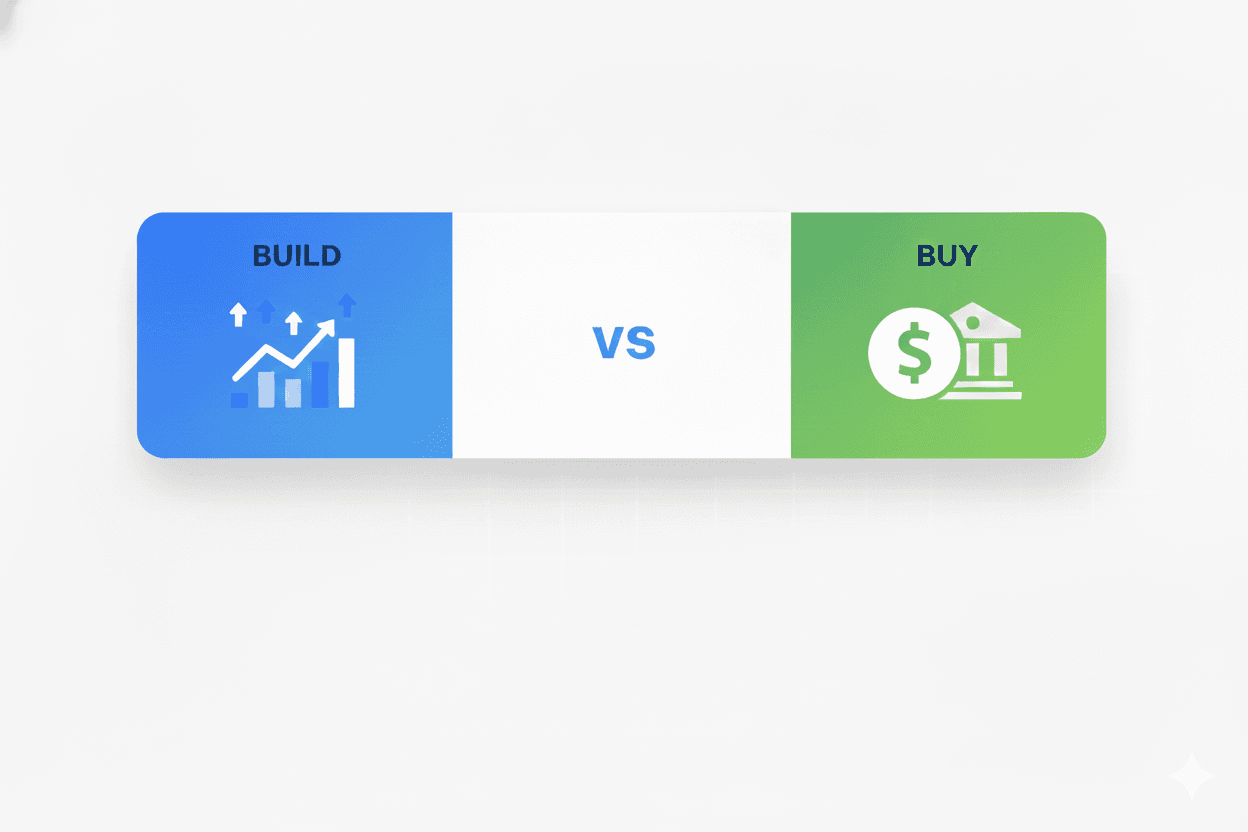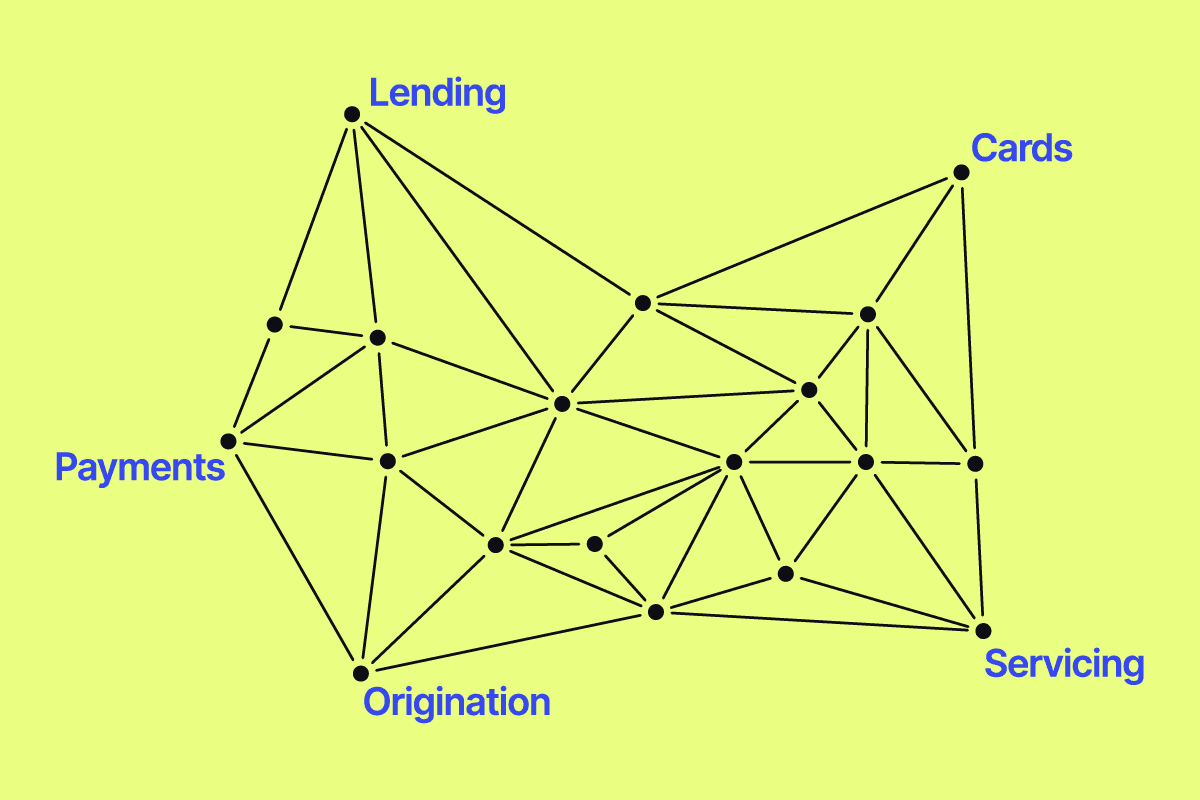In lending, your portfolio is a robust source of information that you can use to your benefit. Despite the availability of advanced loan monitoring systems, many lenders choose to ignore their portfolio data and hope for the best.
In this article, we’ll discuss how lenders can leverage analytics and dashboards in systems like Canopy to gain valuable insights into portfolio performance and enable timely insights to mitigate potential risks. These strategies can be used to optimize your portfolio for sustainable long-term performance.
Topics include:
- What loan portfolio metrics and dashboards should include.
- How to use your loan portfolio metrics to set up an early warning system for risk management
- How to use the same insights to trigger loan restructuring workflows and proactively mitigate risk before delinquencies occur.
Anatomy of a portfolio metrics dashboard
Your portfolio monitoring dashboard should offer a comprehensive view of several key performance indicators that you can instantly click into, empowering you to make informed decisions fast.
With real-time insight into areas like portfolio risk, portfolio health, and cash flow insights, lenders can use their dashboard to be proactive in risk mitigation and other areas.
These dashboards typically include a combination of eight essential categories of metrics:
1. Portfolio overview
- Total portfolio value: Outstanding principal balance across all loans.
- Number of loans: Total active loans, segmented by loan type (e.g., term loans, lines of credit).
- Average loan size: Mean loan amount, with breakdowns by industry or borrower type.
- Weighted average interest rate: Average interest rate across the portfolio, weighted by loan size.
- Portfolio growth rate: Portfolio size changes over time (e.g., monthly or quarterly).

2. Performance metrics
- Repayment rate: Percentage of loans being repaid on time.
- Yield on portfolio: Effective yield, accounting for interest income and fees.
- Net interest margin (NIM): Difference between interest earned and interest paid on funding sources.
- Loan utilization rate: For lines of credit, the percentage of available credit being used.
- Prepayment rate: Percentage of loans paid off early, which impacts expected returns.
3. Risk metrics
- Delinquency rate: Percentage of loans 30, 60, or 90+ days past due.
- Default rate: Percentage of loans written off or in default, segmented by loan age or vintage.
- Non-performing loans (NPLs): Value and percentage of loans not generating interest.
- Credit risk distribution: Breakdown of loans by credit score, risk rating, or internal risk tiers.
- Concentration risk: Exposure by industry, geography, or borrower size to identify over-reliance on specific segments.
- Loan-to-value (LTV) ratio: For secured loans, the ratio of the loan amount to collateral value.

4. Diversification and segmentation
- Industry breakdown: Loan distribution across industries (e.g., manufacturing, retail, tech).
- Geographic distribution: Loan exposure by region or state to assess regional economic risks.
- Borrower type: Segmentation by business size (e.g., SME, mid-market, large enterprise) or legal structure (e.g., LLC, corporation).
- Loan product mix: Proportion of different loan types (e.g., SBA loans, equipment financing, working capital loans).
5. Cash flow and revenue Insights
- Interest income: Total interest earned, with trends over time.
- Fee income: Revenue from origination, servicing, or late fees.
- Cash flow projections: Expected cash inflows from repayments, segmented by time horizon (e.g., 30, 60, 90 days).
- Loss provisions: Reserves set aside for potential loan losses, aligned with risk metrics.
6. Operational metrics
- Origination volume: Number and value of new loans issued, with trends over time.
- Approval rate: Percentage of loan applications approved.
- Time to fund: Average time from application to disbursement.
- Servicing costs: Costs associated with portfolio management (e.g., collections, customer support).

7. Trends and forecasting
- Vintage analysis: Performance of loans by origination period (e.g., Q1 2024 vs. Q2 2024) to assess underwriting quality.
- Portfolio aging: Distribution of loans by remaining term or seasoning.
- Default probability models: Predictive metrics for the likelihood of default based on borrower characteristics or economic indicators.
- Stress testing results: Portfolio performance under adverse scenarios (e.g., economic downturn, interest rate spikes).
8. Compliance and regulatory metrics
- Regulatory capital ratios: Compliance with capital requirements (e.g., Basel III for banks).
- Fair lending metrics: Loan distribution by demographics (e.g., minority-owned businesses) to ensure compliance with fair lending laws.
- Watchlist loans: Loans flagged for potential issues, such as covenant breaches or declining borrower financials.
Creating an early warning system for loan portfolio risk management
In loan servicing, an automated early warning system can make a significant difference to the long-term health of your loan portfolio. Lenders can set up alerts for event triggers to take preemptive action against, helping them proactively mitigate risk and maximize profitability.
For example, if an industry segment sees a certain percentage of loans with missed payments, it can indicate an industry headwind. The loan portfolio monitoring system can send an automated alert when this percentage hits, and the lender can take action by offering a temporary grace period to borrowers in that industry, if they choose.
The same types of notifications can be set up for concentration risks, secured loan collateral asset LTVs, cash flow and revenue projections, and more. If there is something a lender can improve by knowing about it early and taking action based on the data, then an early warning system can be created using loan portfolio data.
Early warning systems can also be set up for individual accounts, with notifications for triggers like lien alerts, loan covenant non-compliance, past due accounts, and more.
Using portfolio analytics for intelligent loan servicing
One of the most effective uses of portfolio analytics data and early warning notifications is to set up an ‘intelligent servicing’ system. In modern lending, conditions often fluctuate, and business borrowers have dynamic needs. Intelligent servicing addresses this using real-time data to create more flexibility in loan terms and payment plans.
Rather than having rigid terms, lenders can use their real-time portfolio data to adjust repayment amounts, payment periods, and credit limits up and down based on current conditions. Even if there are a few more missed payments, this flexibility keeps more customers in a healthy account status over the long term, which not only increases profitability but reduces the cost of servicing.
Canopy customers who use flexible servicing policies see an average repayment rate increase of 30%.
Getting the portfolio analytics and insights you need with Canopy’s Data Direct
Canopy Data Direct provides both high-level and granular borrower insights that are essential for effective risk management. It enables lenders to summarize their portfolio at a glance and also delve into the details of each account. With Data Direct, lenders can:
- Generate detailed credit risk reports.
- Evaluate the downstream implications of account policies.
- Assess KPIs for portfolio health, account health, cash flow, and more.
- Connect data to every tool across their lending ecosystem to create a comprehensive loan portfolio analytics system.
Data Direct gives lenders the analytics and actionable insights they need to make better business decisions, reduce portfolio risk, and audit their accounts effectively.
Ready to set up a loan monitoring system using analytics from every part of the lending lifecycle? Get in touch with Canopy to learn more.




